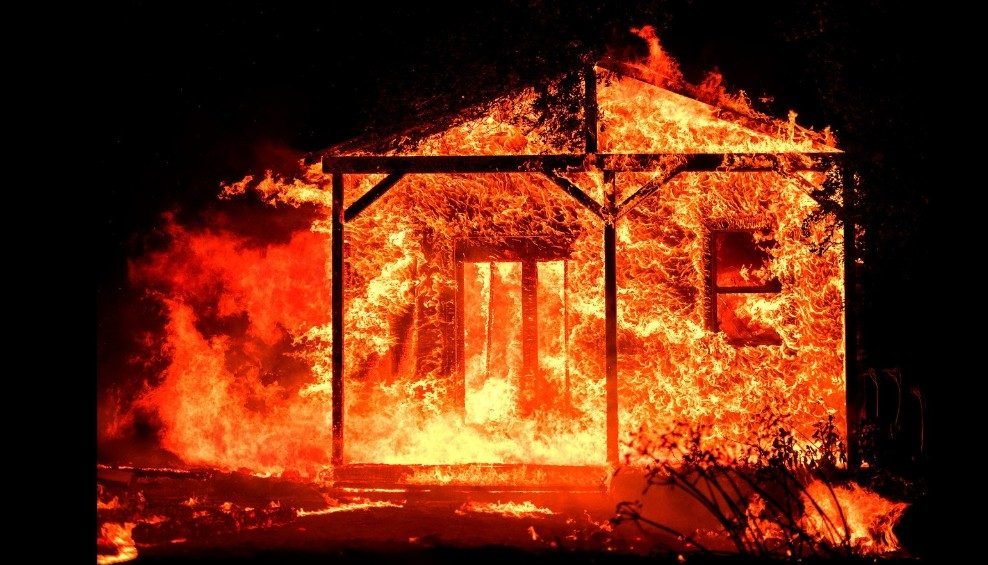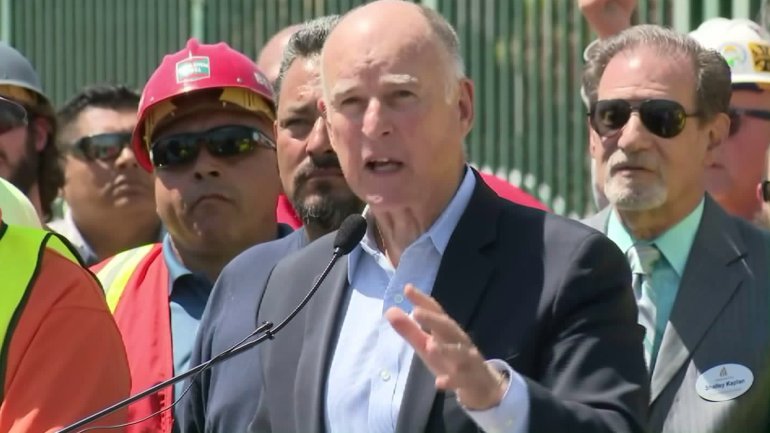Whenever we talk about the summer season, we can’t help but feel bittersweet towards it. It’s the perfect time for us to enjoy the rays of sunshine and get that tanned skin that we want. It’s also the best season to hit the beach or spend a vacation with our loved ones. We couldn’t wait to taste those yummy foods on the barbecue at yard parties while chatting and catching up with our friends. But even with all these wonderful activities, there are some of us who just can’t stand the sun’s scrutinizing heat. Some of us have trouble sleeping because of the hot, humid breeze. And worst of all, wildfires are rampant during the summer season.
Because all the leaves dry up during the summer and countries in the northern hemisphere aren’t accustomed to the heat, it’s easy to trigger a fire that spreads relentlessly through forested areas. Add the underlying climate change and the wildfire spreads even though it’s already fall. In fact, deadly wildfires in Northern California are still happening as we speak. And this time, the wildfire continues to go out of control as it threatens to burn the marijuana farms.
Marijuana Farms in “Emerald Triangle” Burns up as deadly wildfires in Northern California Continues to Spread
Blazes have already destroyed numerous marijuana farms in Mendocino County right before the farmers could harvest and start its legal recreational sales. Cannabis owners were devastated because not only did they lose their crops, they also had little reprieve.
“Nobody right now has insurance,” said Nikki Lastreto, secretary of the Mendocino Cannabis Industry Association. “They might have insurance on their house, but not on their crop.”
Moreover, cannabis growers and retailers cannot ensure their business because even though the reproduction, use, and selling of marijuana is legal in the United States, federal law prohibits marijuana. This means that financial institutions cannot insure those who are engaging in marijuana-related business.
![Terra Tech CEO Derek Peterson Said that Cannabis Owners May Have Difficulty in Recovering their Farms from the Recent Fire]](https://loanpride.com/wp-content/uploads/2017/10/Terra-Tech-CEO-Derek-Peterson-Said-that-Cannabis-Owners-May-Have-Difficulty-in-Recovering-their-Farms-from-the-Recent-Fire.jpg)
Terra Tech CEO Derek Peterson Said that Cannabis Owners May Have Difficulty Recovering their Farms from the Recent Fire
Derek Peterson, the CEO of the Californian marijuana farm and retailer Terra Tech, estimated that cannabis farmers invest around $5 million for their facilities and about $3 million for growing and selling the crop itself. Just imagine the fatal blow they received when all of their farms burned and they couldn’t get a penny from insurance companies for their loss! It’s quite heart-wrenching, isn’t it?
“If their facilities burn down, a lot of these people won’t be able to get any economic relief for them from an insurance claim,” Peterson said. “There’s no mechanism for recovery to repay them for their loss. It’s a tremendous risk for these people.”

Cannabis County Continues to Burn in Northern California
Furthermore, spokesman of the California Cannabis Industry Association Josh Drayton estimated that around 10,000-15,000 hectares of marijuana farms were burned down. He anticipated that the devastation would be tremendous. The co-founder of Swami Select Lastreto, also said that that she knows several people who have lost their farms already. The owners whose farms hadn’t yet encountered fire were harvesting and saving their crops before the fire caught up with them.
“A lot of plants have been lost in the fire, especially in Sonoma County,” she said. “In southern Mendocino County, there are farms burning right now.”
Governor of California Jerry Brown Had Declared State of Emergency on Eight Counties to Fight the Wildfire

Governor Jerry Brown Declared State of Emergency Due to the Ongoing Wildfire in Northern California
Due in part to climate change, the seasonal wildfires in California are getting worse as the years pass. The 22 wildfires that are currently raging through California have already killed 23 people. Hundreds are still missing, and around 170,000 hectares of land has already burned, affecting thousands of households and businesses. Aside from the pot farms, the governor of California also declared emergency on wine-producing counties such as Napa, Sonoma, and Mendocino. Although the counties of Trinity and Humboldt were largely spared from the fire, the cannabis and wine farm owners still remain vigilant in case the wildfire spreads through.
Despite the current calamity they’re facing, Peterson is still optimistic that it won’t affect the overall supply of the retail. How would you stop the spreading of wildfire? Comment your ideas below.










